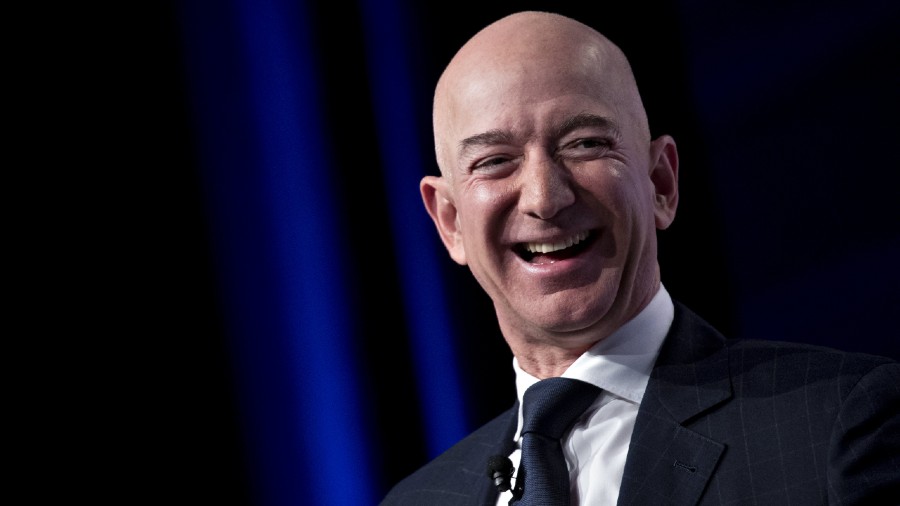When Jeff Bezos founded an online bookseller named Amazon in 1994, he said the question that he was asked most frequently was “What’s the Internet?”
Bezos answered by building Amazon into a $1.7 trillion behemoth that sold so many different items online it became known as “the everything store”. In the process, he upended the retail industry, turned Amazon into a logistics giant, and expanded into cloud computing, streaming entertainment and artificial intelligence-powered devices. For a time, he was the world’s richest person.
On Tuesday, Bezos, 57, said his run at the top of the Seattle-based company was over.
As Amazon reported its latest set of blockbuster financial results, Bezos said he planned to hand over the reins this summer and transition into the role of executive chairman. Andy Jassy, 53, the chief executive of Amazon’s cloud computing division, will be promoted to run the entire company. The change will be effective in the third quarter, which starts in July.
“As much as I still tap dance into the office, I’m excited about this transition,” Bezos wrote in an email to Amazon’s employees.
As executive chairman, he said, he intends “to focus my energies and attention on new products and early initiatives.”
The changing of the guard is set to ripple out beyond Amazon, which Bezos has personified for more than two decades. His impact on corporate America and his remaking of the way that goods are sold turned him into one of the world’s most influential technology and business leaders, as well known as the founders of Apple and Microsoft, Steve Jobs and Bill Gates. Bezos’ personal wealth also soared to $188 billion, which was surpassed only last month by Elon Musk.
In recent years, Bezos had stepped back from much of Amazon’s day-to-day business, delegating those responsibilities to two main deputies, including Jassy. He instead had focused on Amazon’s future and on personal projects. In 2013, he bought The Washington Post, and has said he spends more than $1 billion a year on Blue Origin, his space travel company.
Two years ago, he also got a divorce and became a fixture of tabloids, which gushed over his increasingly visible social life, including on superyachts owned by billionaires like Barry Diller.
But the pandemic pulled Bezos back into Amazon’s daily operations last spring. As Amazon grappled with a flood of e-commerce demand, labour unrest and supply chain challenges brought on by the coronavirus, Bezos held daily calls to help make decisions about inventory, talked to government officials and made a much-publicised visit to one of Amazon’s warehouses.
Amazon has now stabilised, and its growth has surged as more people have turned to e-commerce and the company’s Prime fast-shipping programme, which has more than 150 million members. Amazon on Tuesday posted a record $125.6 billion in sales for the fourth quarter, while profits more than doubled to $7.2 billion from a year earlier. It was the first time the company had exceeded $100 billion in sales in a single quarter.
Amazon shows no sign of pulling back from its ambition to push into more corners of the economy. On a call with investment analysts, Brian Olsavsky, Amazon’s finance chief, said the times that the company had “pre-invested” ahead of future growth had paid off. He said Amazon would continue spending more on cloud computing infrastructure and groceries, and expand its logistics operations — especially its rapidly growing last-mile delivery network, which depends on half a million contract drivers to deliver packages.
Bezos is not expected to disappear from Amazon. “Jeff is really not going anywhere,” Olsavsky said, adding that the change was “more a restructuring of who is doing what”.
Bezos will remain Amazon’s biggest shareholder — he owns 10.6 per cent of the company, according to filings — and stay on the board of directors. His exit as chief executive was “a personal decision for him”, Olsavsky said.
New York Times News Service











